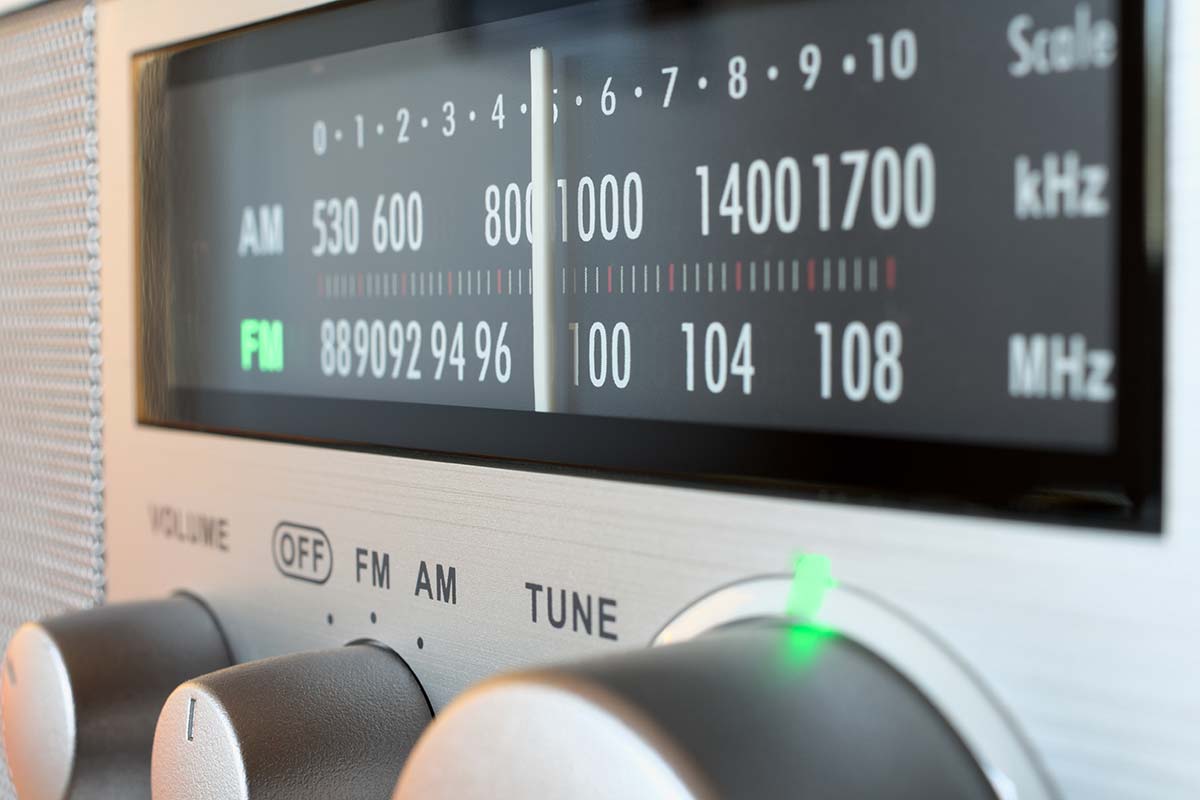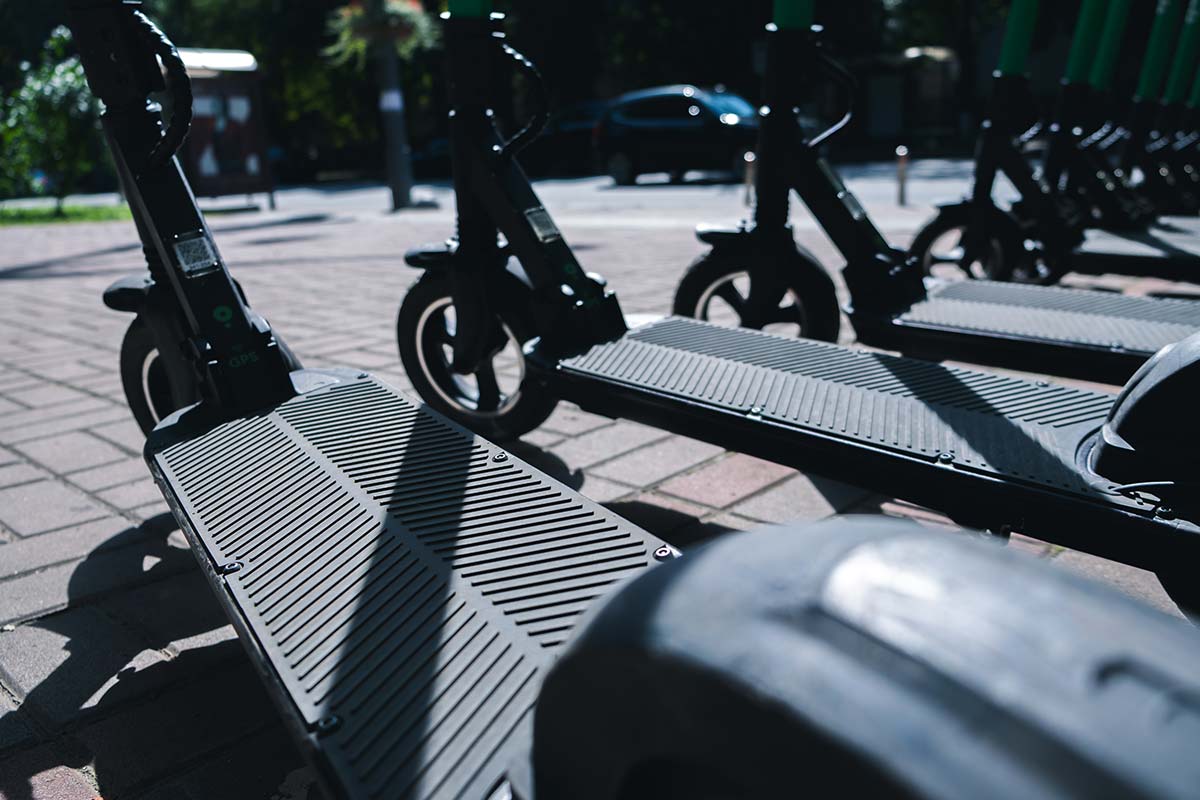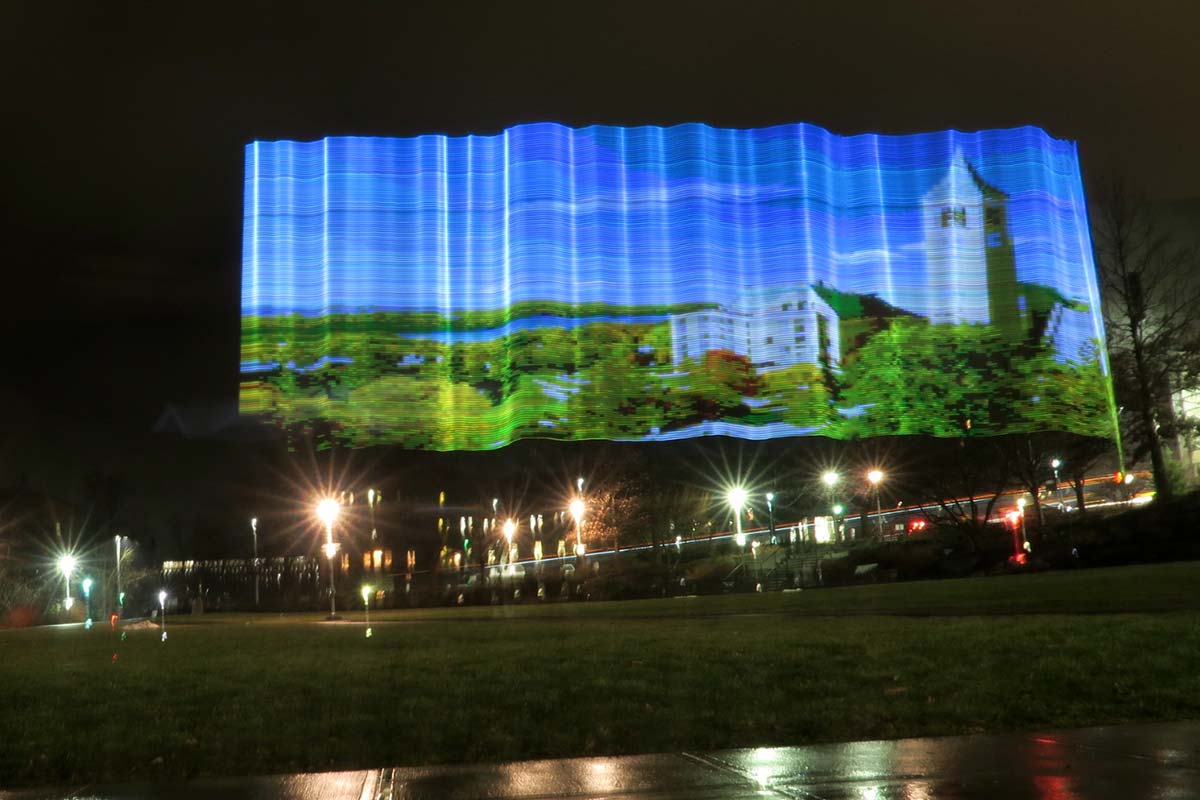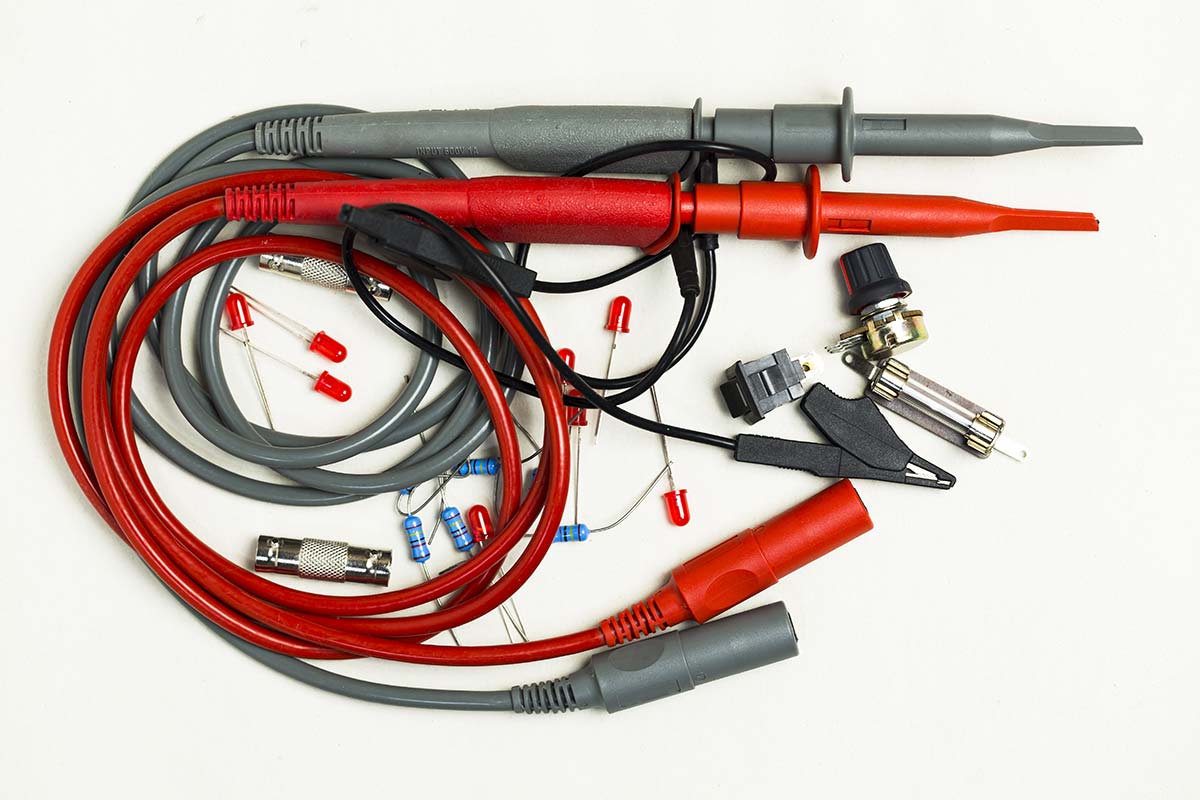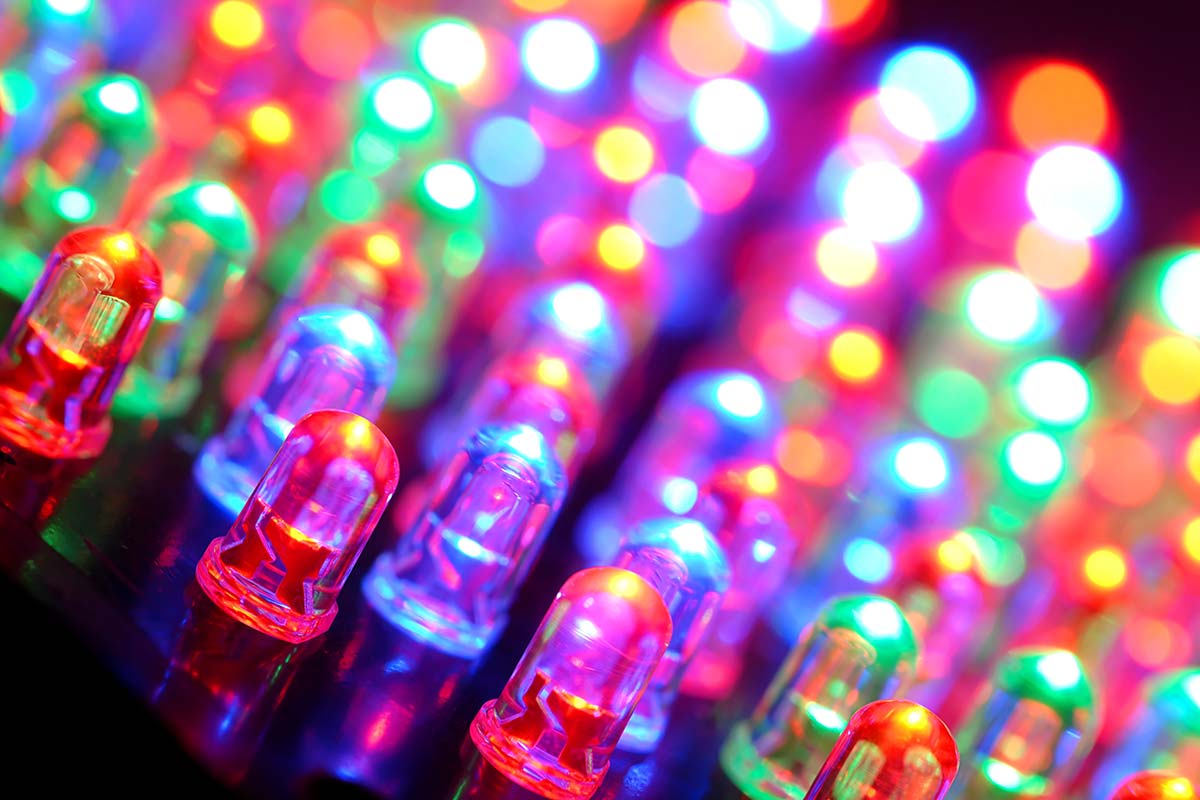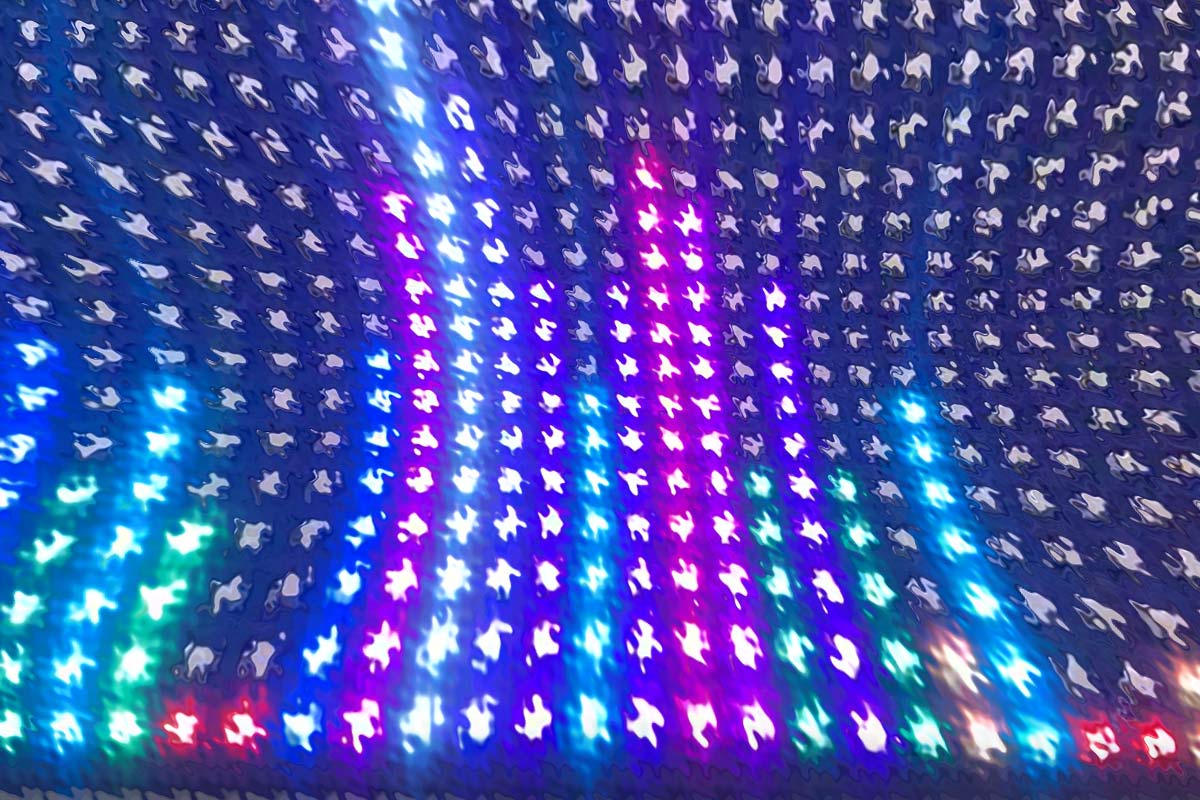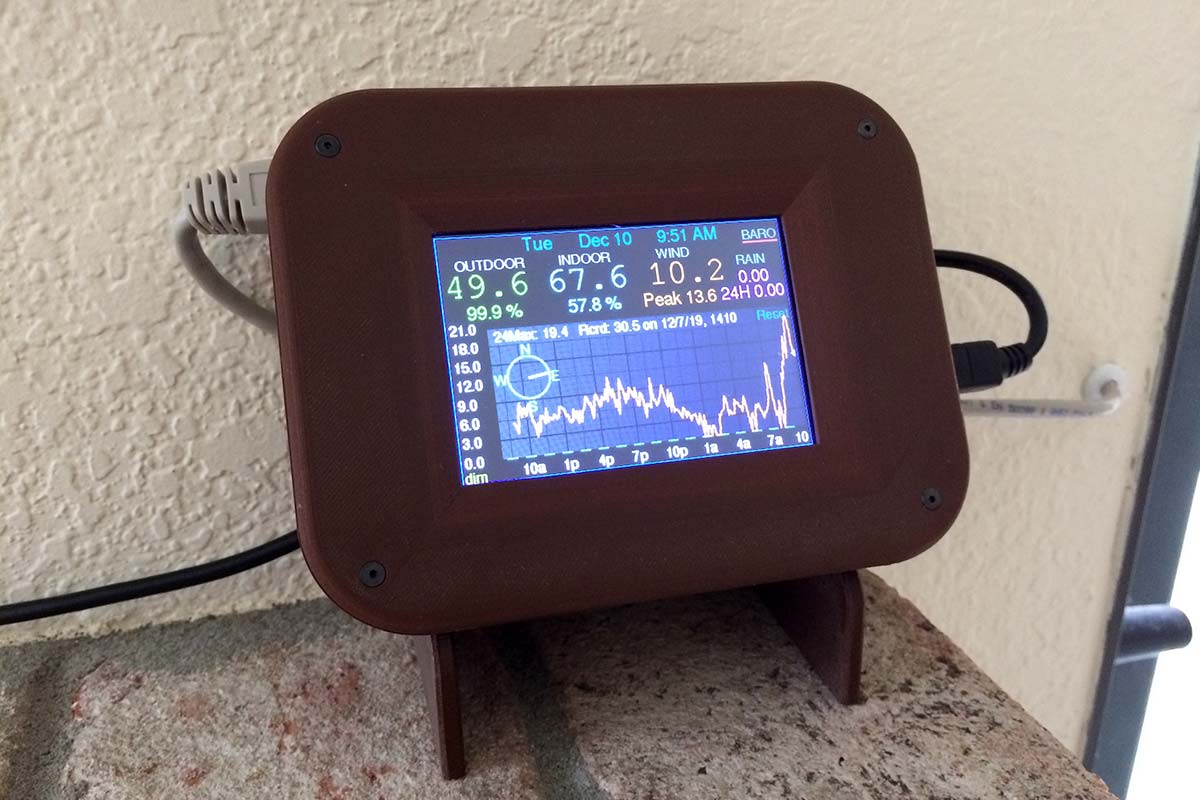Now that I’ve retired, I’ve started experimenting with some of the analog subjects that I haven’t done much with since school back in the seventies. To begin with, I started with op-amp circuits; specifically, Colpitts oscillators. I built the circuit on one of those plug-in ‘protoboards,’ a ±15V power supply, an oscilloscope, and a multimeter. For my experimentation, I was using a trim pot. I would adjust until oscillation began, then power down, pull one end of the trim pot, measure the resistance, then re-connect, power up again, and continue adjusting until I reached the other end of the resistance range, where the oscillation would cease. I would then repeat the resistance measurement. That procedure was not ideal. In addition to the multiple tedious steps, adjusting a trim pot can be a pain. Enter my potentiometer box.



